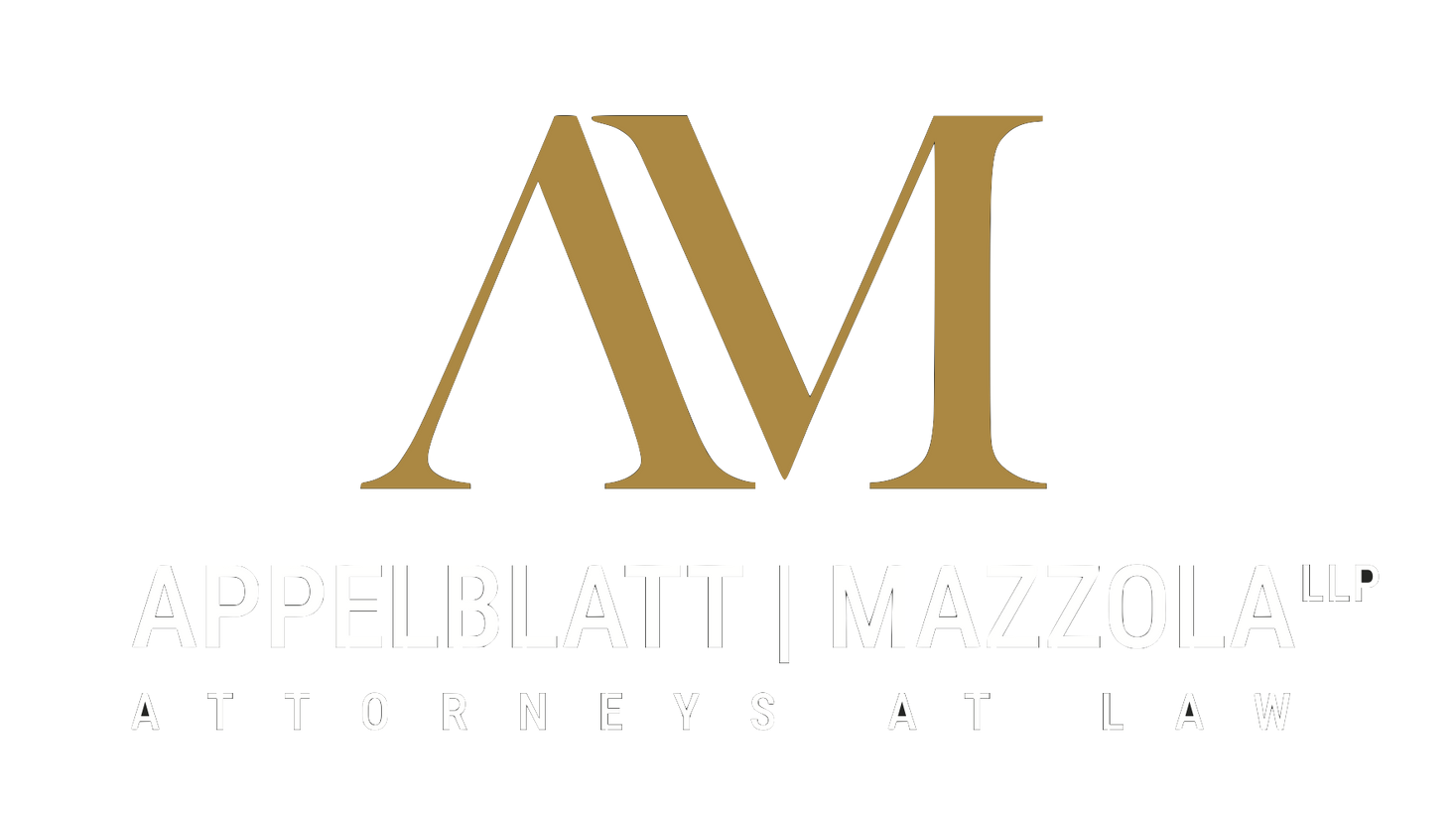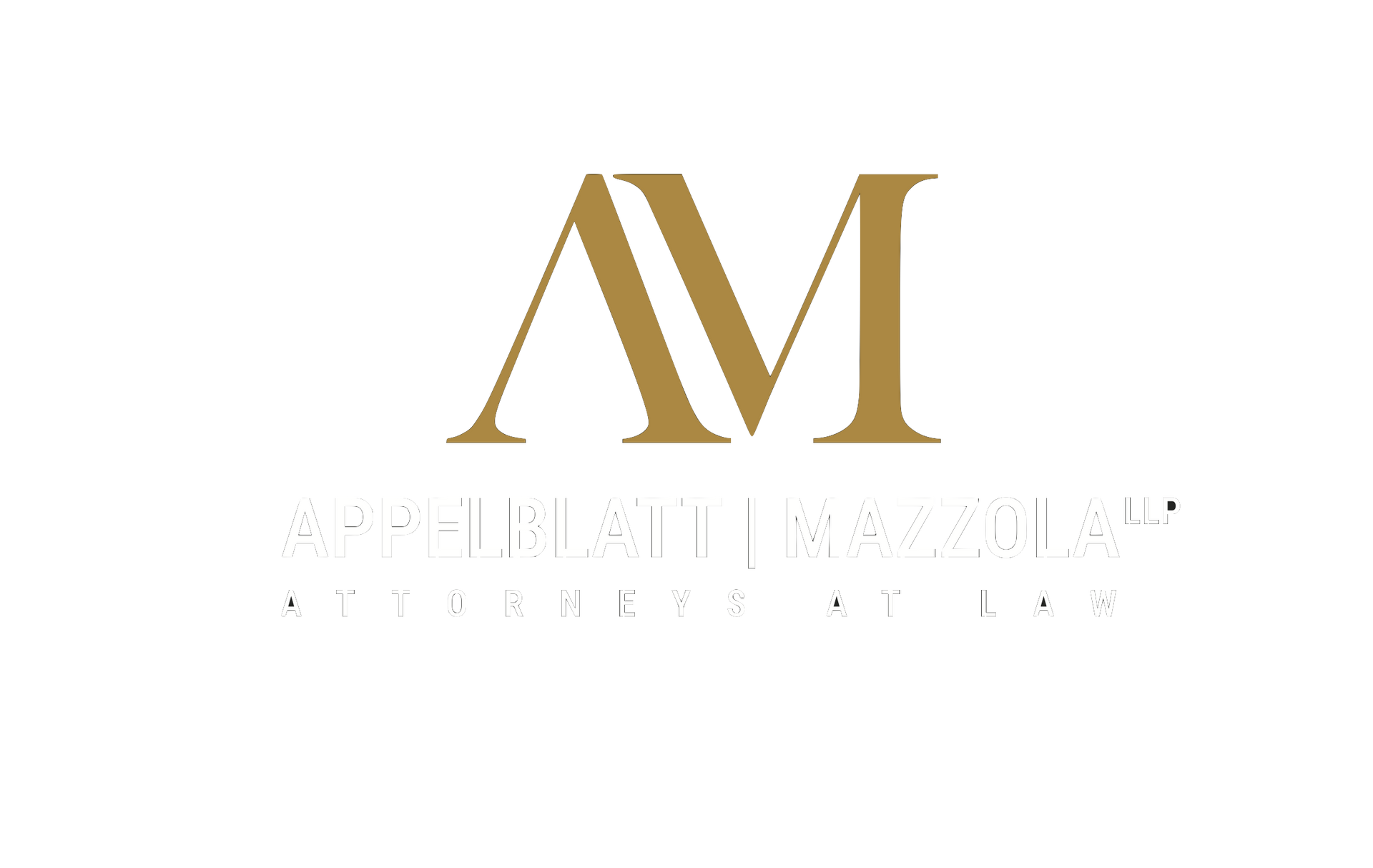Pedestrian Accidents in California
Helping Injured Walkers Get Justice
Hit by a Car in Florida?
We Fight for Injured Pedestrians
California is one of the most dangerous states in the nation for pedestrians, with thousands of people hurt or killed every year by careless drivers. Whether you were struck in a crosswalk, along a roadside, or in a parking lot, these crashes often result in severe injuries, and insurance companies are quick to shift blame to the pedestrian. Our firm represents victims of pedestrian accidents statewide, fighting to hold negligent drivers accountable. With years of experience and a board-certified trial lawyer on your side, we’ll handle the legal battle while you focus on healing.
Types of Pedestrian Accident Cases We Handle
Protecting Victims in All Scenarios
We advocate for pedestrians hurt in all types of traffic-related incidents, including:
Crosswalk Accidents
Often caused when drivers fail to yield or run red lights at intersections.
Parking Lot Collisions
Cars backing up or speeding in parking lots can seriously injure unsuspecting pedestrians.
Hit-and-Run Crashes
We help injured pedestrians pursue compensation even if the driver fled the scene.
Sidewalk or Roadside Injuries
Pedestrians walking along poorly lit or narrow roadways are at high risk.
School Zone Incidents
Children are especially vulnerable to negligent drivers in designated school zones.
Drunk or Distracted Driver Accidents
Impaired or inattentive drivers often cause life-changing pedestrian injuries.
Pedestrian Accident Claims in Florida
What You Need to Know Now
Pedestrian accident cases in California are challenging because drivers and their insurers often try to blame the person on foot. However, California law gives pedestrians strong protections in crosswalks and requires drivers to exercise caution near roadways. Acting quickly after a crash is crucial to preserve evidence, obtain witness statements, and document your injuries. With California's reduced statute of limitations, you have less time to file a claim than before.
Two-Year Filing Deadline:
Most pedestrian injury lawsuits in Florida must now be filed within two years of the crash date.
Comparative Fault Rules:
Even if you were partially at fault, you may still recover compensation under Florida’s comparative negligence law.
High-Risk Areas for Pedestrians:
Urban areas, school zones, and poorly lit intersections see higher rates of pedestrian accidents.
Common Pedestrian Accident Questions
We Answer These Every Day
What are my legal rights as a pedestrian after being hit by a car?
If you were struck by a vehicle in California, you have the right to seek full compensation for your injuries—regardless of whether you were in a crosswalk. State law clearly protects pedestrians: drivers are required to yield the right of way to pedestrians in both marked and unmarked crosswalks and must always exercise due care to avoid collisions. Even if you were crossing outside a crosswalk or against a signal, that does not automatically make the accident your fault. California uses a comparative negligence system, which means liability is shared based on degree of fault. If a driver was speeding, distracted, or failed to brake in time, they may still be held responsible—entirely or in part—for your injuries. You’re not alone in this. Drivers carry legal duties for a reason, and you have legal remedies to recover what you've lost. A qualified injury attorney can help you understand what’s available to you and how to take the next step toward financial and physical recovery.What kind of compensation can I recover after a pedestrian accident?
You may be entitled to recover a range of damages, including medical expenses, lost wages, and compensation for pain and suffering. In serious cases, that may also include long-term medical care, rehabilitation, and loss of earning potential. California does not cap damages in standard personal injury cases, so there’s no artificial limit to what you can claim. Injuries in pedestrian accidents are often severe: broken bones, spinal trauma, internal injuries, and head trauma are common. That makes documenting the full impact of your injuries essential. Your legal team will work with doctors, specialists, and financial experts to show what your recovery has cost—and what it will continue to cost. Even if you have health insurance, the driver’s insurance is ultimately responsible for covering damages when they're found liable. Your attorney’s job is to calculate the full scope of your losses, negotiate aggressively, and, if necessary, fight for you in court.What happens if I was crossing outside of a crosswalk?
If you were jaywalking or crossing mid-block, you can still file a claim—but your compensation may be reduced depending on how much fault is assigned to you. California’s comparative negligence law means you can still recover damages even if you were partially at fault. For example, if you’re found 40% responsible, you could still recover 60% of your total damages. Fault in these situations is rarely all-or-nothing. Even if you crossed improperly, a driver has a continuing duty to watch for pedestrians. If they were speeding, distracted, or failed to brake in time, they may still bear substantial responsibility. Evidence like video footage, witness testimony, and police reports all help establish the full picture. Don’t assume you’re ineligible just because you weren’t in a crosswalk. These cases are fact-specific, and a strong legal team can often reduce your share of fault and improve your outcome.Who pays for my medical bills after a pedestrian accident?
If the driver is at fault, their auto insurance should ultimately pay for your medical expenses through their liability coverage. But that doesn't happen right away. In the meantime, your health insurance may cover your treatment, or you may be treated on a lien basis—where providers agree to wait for payment until your case settles. If the driver is uninsured or underinsured, you may be able to turn to your own auto insurance policy—specifically your uninsured/underinsured motorist coverage (UM/UIM). Many Californians don’t realize this coverage applies even if you were walking and not driving at the time. A lawyer can help coordinate your care and make sure the right party pays what they owe. They can also work with your providers or insurers to reduce what you owe out of any future settlement—so you keep more of what’s rightfully yours.How long do I have to file a claim after a pedestrian accident?
In California, the deadline to file a personal injury lawsuit is two years from the date of the accident. This is called the statute of limitations. But if a government entity is involved—such as if you were hit by a city bus or injured due to a dangerous sidewalk—you only have six months to file a formal claim. These deadlines are strict. If you miss them, you may lose your right to recover anything at all. That’s why it's critical to consult a lawyer as soon as possible. They can ensure your case is filed correctly and on time, and they’ll begin gathering evidence while it's still fresh. You don’t have to navigate deadlines, insurance claims, and medical costs alone. Reaching out to an attorney early doesn’t just protect your rights—it gives you space to focus on healing while your case is handled properly from day one.Can I still recover damages if the driver fled the scene?
Yes, you can still pursue compensation, even if the driver fled after the accident. If the hit-and-run driver is never identified, your best option may be to file a claim under your own uninsured motorist (UM) coverage. In California, UM coverage applies to pedestrians as long as the injuries were caused by a motor vehicle—even if you weren’t in a car yourself. To use this coverage, you’ll need to prove that a vehicle caused your injuries and that the driver was not identified. Filing a police report immediately is critical. If there are security cameras or witnesses, your attorney can help locate and secure that evidence before it’s lost. Even though you're filing a claim with your own insurance, it's still treated like any other adversarial process. The insurer will investigate, evaluate your injuries, and may offer less than you deserve. Having a lawyer ensures your case is valued accurately—and that your policy pays out what you’re owed.What if I was injured by a scooter or cyclist instead of a car?
Even if you weren’t hit by a motor vehicle, you may still have a personal injury claim. California law allows you to pursue damages if someone else’s negligence caused your injury—whether they were riding an electric scooter, a bicycle, or a skateboard. These cases are less straightforward than vehicle accidents but follow the same legal principles. You’ll need to show that the rider failed to act with reasonable care—such as by speeding on the sidewalk, riding in a prohibited area, or not yielding to pedestrians. Depending on the circumstances, liability could also extend to scooter rental companies or event organizers if faulty equipment or poor oversight contributed to the accident. These claims may not involve auto insurance, but other forms of liability coverage might apply—like homeowner’s or renter’s insurance. An attorney can help identify all responsible parties and sources of compensation, especially when the injury was serious and the liable individual lacks personal resources.What if I was hit by a delivery driver or rideshare vehicle?
If the driver who hit you was working at the time—for a company like Amazon, Uber, or DoorDash—you may be able to bring a claim against the company, not just the driver personally. California law holds employers and contractors responsible in many cases where the employee was on the clock and acting within the scope of their work. These companies often have large commercial insurance policies. For example, Uber and Lyft provide up to $1 million in coverage when a driver is transporting a passenger or en route to pick one up. Delivery companies may also carry special liability policies, especially for their fleet vehicles. However, these claims can be contested. Companies may argue that the driver was acting independently or between jobs. A lawyer will help prove the work connection and ensure your claim targets the policy that can actually pay. These cases require aggressive representation, especially when serious injuries are involved.Should I accept a settlement offer from the insurance company?
Not without legal advice. Insurance companies are in the business of minimizing payouts. If they offer a quick settlement, it’s likely far less than what your case is truly worth. Once you accept, you usually can’t go back—even if your injuries turn out to be worse than you thought. Settlements should account not just for your current medical bills, but for lost income, future treatment, pain and suffering, and other long-term effects. Without an attorney, it’s nearly impossible to accurately value those damages or negotiate a fair deal. A lawyer will evaluate any offer, explain what it covers—and what it leaves out—and negotiate on your behalf to get you what you actually need to recover. Sometimes, the best outcome comes through settlement. But only when the terms are truly fair.Do I really need a lawyer for a pedestrian accident?
You don’t just need a lawyer—you need the right one. Pedestrian accidents often involve serious injuries, complex questions of fault, and insurance companies that resist paying. An attorney protects you from being blamed unfairly, undervalued by insurers, or pressured into a settlement that leaves you with unpaid bills and unresolved pain. California law gives you the right to recover full compensation for your injuries. But you only get one chance to do it right. A lawyer helps document your injuries, identify all liable parties, and build a claim that holds up to scrutiny. You focus on healing. Let your legal team handle the rest—because in pedestrian accident cases, experience and timing can make all the difference.

